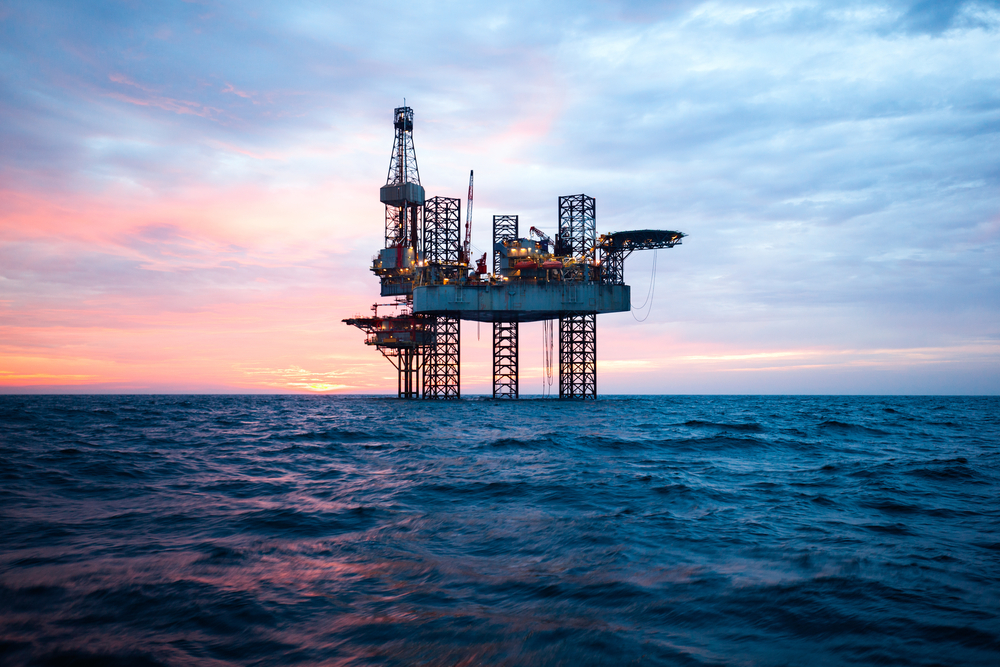Process Plant Equipment Integrity: Piping Inspection, Evaluation, and Repair Techniques Course
Introduction:
Petroleum refineries, petrochemicals, and process plants comprise enormous structural facilities as well as process piping systems that transport hazardous fluids at various temperatures and pressure conditions. In order to secure this infrastructure for a long time, it is necessary to have appropriate structural engineering and systematic verification operations to ensure fitness for service during the intervals between turnarounds.
All construction work adheres to industry codes and standards. The fabrication and welding processes are subjected to quality checks to ensure the elimination of fabrication defects. Depending on the process fluids, process equipment and piping will experience different rates of deterioration. Because of this, it is essential to know the current condition of the equipment so that maintenance and repairs can be conducted in a timely manner.
Preventive measures, or additional measures in most cases, involve regular inspection of the units, including certain non-destructive assessments. Such methods detect irregularities that could otherwise lead to catastrophic equipment failures, encouraging the utilization of safety factors. The course details the advantages and disadvantages of conventional and automatic NDT instruments, enabling users to increase the efficiency and effectiveness of inspections without increasing costs or prolonging outages.
Objectives:
By the end of this course, participants will be able to:
- Identify the mechanisms of damage and degradation of process equipment and piping.
- Understand practical information concerning plant inspections and their effectiveness on EHS and business.
- Familiarize themselves with industry codes applicable to inspection, repair, and alteration, such as ASME BPVC and API, to promote best practices.
- Understand enhancements in fitness-for-service (FFS) assessment procedures and the requirements of API/ASME FFS codes and standards to make sound decisions regarding run, repair, or replacement.
- Identify major industry codes and regulations related to modifications and changes to maximize maintenance benefits at a lower cost.
- Understand how to conduct fitness-for-service assessments for degraded equipment/piping.
Training Methodology:
- Interactive presentations
- Case studies
- Group discussions
- Hands-on inspections
- Problem-solving of realistic nature
- Codes and standards review
- Simulated fitness-for-service assessments
Course Outline:
Unit 1: Inspection of the Backbone of Plant Integrity:
- Emphasis on the significance of inspection at every step.
- Inspection: why, what, how, and when?
- Standard functions within inspections.
- Statutory issues.
- Adverse impacts on plant integrity, safety, reliability, and business performance.
- Inspection of construction codes.
- Manufacturing, fabrication, and repair/alteration deficiencies.
- QA/QC requirements during fabrication and welding.
- ASME BPVC requirements: the difference between examination and inspection.
- Ultrasonic examination as a substitute for radiography (ASME Code Case 2235-3).
- Documentation of construction and awareness of fraudulent/substandard materials.
- Destruction and damage mechanisms in pressure vessels and piping systems.
- API 571: Damage mechanisms for fixed equipment in the refining industry.
- Key areas of concern for petroleum refineries.
- Injection ports.
- Corrosion ingress under insulation.
- Soil-to-air interface.
- Structural safety and externally attached members.
- In-service inspection overview.
- Remote visual examination.
- Thermographic inspection.
- Inspector competence.
- Certification of API inspectors.
- API Body of Knowledge.
Unit 2: Inspection Strategies, Plans, Methods, and Techniques:
- Examination goals, strategies, and systems.
- External/internal examinations: advantages, shortcomings, and costs.
- Inspection plans and procedures.
- Legal requirements.
- Risk-Based Inspection (RBI): Concepts and advantages.
- API RP 580: Risk-Based Inspection.
- API RP 581: Risk-Based Inspection Technology.
- Non-destructive methods: Strengths, weaknesses, and applications.
- Non-destructive examination within ASME Boiler & Pressure Vessel Code applications.
- Modern methods of examination.
- Guided wave ultrasonic long-range examination.
- Advanced phased array for weld inspection.
- Continuous monitoring: Strain gauges, thermocouples, displacement transducers, and pressure transducers.
Unit 3: Inspection Codes and Standards Best Practices:
- Pressure vessel inspection: API 572, API 510.
- Inspection of fired boilers and heaters: API 573.
- ABSA AB 507: Analysis of installed fired heaters.
- Furnace tube inspection system (Quest TruTec).
- Heat exchangers, condensers, and fin fan cooler inspections.
- Above-ground storage tanks inspection.
- ANSI/API RP 575: Visual inspection of atmospheric and low-pressure storage tanks.
- STI SP001: Inspection of above-ground storage tanks.
- API 653: Tank inspection, repair, alteration, and reconstruction.
- API 12R1: Inspection, operation, and repair of production service tanks.
- Piping system inspection: API 574.
- In-service piping inspection: API 570.
- Pressure-relieving devices and codes.
- API RP 576: Inspection of pressure-relieving devices.
- Pressure testing methods.
- Hydrostatic and pneumatic testing.
- API Standard 936: Quality control guidelines for refractory materials installation.
- API inspector certification.
Unit 4: Evaluation and Analysis of Inspection Data:
- Inspection data verification and evaluation.
- Data completeness and quality.
- Data management and risk assessment.
- Inspection Data Management System (IDMS).
- Software systems for managing and assessing inspection data.
- Corrosion rate and remaining life calculations.
- Fitness-for-service assessment and remaining life determination.
- Fundamentals and industry practices.
- API Std 579-1/ASME FFS-1 overview.
- Inspection, Maintenance, and Repair (IMR) plans.
- Appropriate mitigation activities.
Unit 5: Repair and Alteration of Process Equipment and Piping:
- Repair codes, standards, and best practices: API 510, 570, 653.
- Positive material identification (PMI): API 578.
- Post-construction codes: ASME PCC-2 overview.
- Temporary and permanent repairs.
- Weld repairs: ASME BPVC IX.
- Mechanical repairs.
- Specialized repair methods (e.g., composites).
- Hot tapping and line stop: Key considerations and procedures.
- API 2201: Safe hot tapping practices in petroleum and petrochemical industries.
- Rerating: MAWP determination and minimum required thickness assessment.






.jpg)














